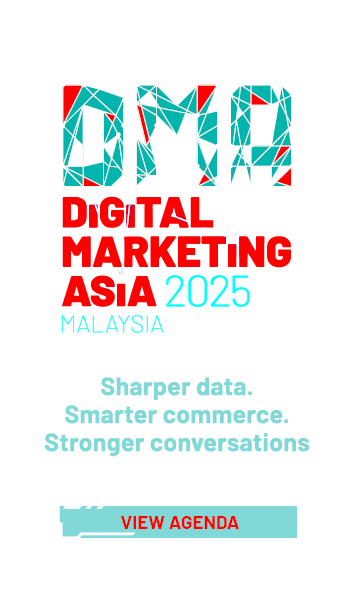



SG sees slew of social media pitches by govt bodies, but which platforms pay off?
share on
The Singapore government has clearly made effective use of social media as a key channel to relay its messaging to the public. MARKETING-INTERACTIVE’s check on Gebiz found that there are currently a number of government pitches called to employ agencies to aid with government bodies’ social activations. Most recently, the Science Centre Board and LTA were two such entities that have called for the pitch.
In tender documents seen by MARKETING-INTERACTIVE, Science Centre, which called for a pitch yesterday, said that it was looking for an agency to help drive publicity and awareness to eventually increase visitorship to its premises. The agencies chosen will be working with Science Centre for approximately a year, and will be tasked to create a holistic strategy for its Facebook and Instagram channels.
Meanwhile, Land Transport Authority currently already 10 agencies vying for its account where the appointed agency is expected to monitor and review the performance of content on LTA's social media campaigns; plan, develop, and implement a social media engagement strategy; identify key social media trends; and archive all social media posts created by the agency.
According to a “Singapore Government Performance Benchmark – 2021 Year in Review” report by CX platform Emplifi, Twitter was seen to account for the largest proportion of published content, among Singapore's 50 statutory bodies and 16 ministries, at 53.01% (30,671 tweets). However, despite the large volume of content produced, Twitter only accounted for 2.16% of interactions (158,737 interactions).
On the other hand, Facebook, which made up over 30% of content across platforms, received the largest share of interactions at 72.9%, (5.37 million interactions). At the same time, Instagram saw a 1.2% increase in the number of content pieces, from 5,409 in 2020 to 6,219 in 2021. This led to a 12.7% increase in interactions on Instagram, totalling 1.69 million interactions.

While traditionally ministries and statutory boards have leaned towards Facebook and Twitter, last year saw Instagram emerge as the platform with the highest engagement rate (1.18%) and share-of-voice (70.7%). Conversely, Facebook, YouTube and Twitter saw declines in their share-of-voice.

Varun Sharma, VP, Asia Pacific and Japan at Emplifi, said: "Social media emerged as a crucial platform to keep people informed and aware during the pandemic. Now, as the world gradually eases restrictions, social channels continue to prove their effectiveness to initiate two-way dialogues."
Is Twitter really needed?
Commenting on the declining engagement marketers and clients might see on Twitter, Kristian Olsen, managing director of Type A Digital says that many companies are now choosing to break information, and news on Facebook, Instagram or Telegram. The same can be seen by media outlets. “Once upon a time, Twitter would be the first port of call for breaking news and updates. This very obvious shift has thus played a huge role in the engagement and interactions with content that’s posted,” said Olen.
When it comes to platforms of preference for dissemination of news by government bodies, Olsen also said that it isn’t about which platform is more important, but rather the role it has carved out.
“When we work with our government clients, we first have to recognise and identify which platform, what forms of visual, and what style of written content that works best for the platform to best reach our right audience sets, and meet our objectives,” said Olsen.
The hot assumption now is TikTok is where the youth of today are at. However, Olsen says that below the surface you will see that the audience goes far beyond the youths and the challenges, like any other platform, are also present.
What Type A has found on TikTok through its numerous content execution on TikTok is a strong community of all ages that creates and consumes content that covers a wide array of topics with some standouts being mental health, motivation, “how-to’s” and of course, entertainment.
“Though Twitter is no longer among the top 3 commonly used social platforms, many government bodies still keep their Twitter accounts, and manysee it as a low maintenance platform as the content is simply adapted from their primary social platforms such as Facebook and Instagram,” added Lee Kai Xin, client services director of Wild Advertising and Marketing.
“Generally we don’t recommend doing that because it adds very little value to your social media presence and the tone and manner of conversations on Twitter tend to be more casual,” she added. If government bodies are simply looking for a broadcast channel, her advice is for them to turn to Telegram. “Several government bodies such as CPF, LTA have been relatively successful on Telegram, sharing short form content and also engaging the audience through polls,” said Lee.
Meanwhile, Jeffrey Lim, founder and managing director of 8traordinary was of the view that despite Twitter’s dwindling engagement rate, quite possibly it still works as a simple broadcast channels for government bodies in Singapore, and is run with the objective of “the more the merrier” to achieve the reach and awareness. Lim however thinks Facebook still holds a firm position as a channel for dissemination for many government bodies as it allows users to interact, react and express their thoughts – which at the end of the day aids to any client’s understanding of their audience. Instagram, on the other hand, is gaining prominence simply due to the volume of users of it.
Deciding on the tone and type of content
Overall, UGCs from government profiles seemed to be a hot favourite, having grown 1.4 times, from 37,621 content pieces in 2020 to 54,525 content pieces in 2021, said the report. The share of interactions on UGC also saw an uplift of 1.22% to 2.38% in 2021.
The report also found that, compared to 2020, the audience was 8.9% more engaged with government profiles, with almost half (48.2%) of user-generated content published in 2021. Replies topped the engagement charts in 2021, with a lead of 39.2%, followed by shares (34.08%) and posts (26.72%) in 2021. This contrasts with 2020 trends which saw shares being the most popular reaction followed by posts and replies.

The National Environment Agency, Ministry of Health (MOH) and Ministry of Education were among the top three content publishers, while the Public Utilities Board made a significant jump from 12th to the fourth position from 2020. Meanwhile, MOH and Ministry of Defence (MINDEF) received the highest audience engagement, with MOH being only government body to surpass two million interactions.
Olsen explained that many Govt bodies have tried, to varying degrees of success, to speak the language that their followers can relate to. The sweet spot is to walk a line where you hold your position as the subject authority but maintain the role as a provider of support, information, education and guidance. He added:
At the end of the day, people want to know their interests are being looked after properly and when they have questions, they are given the right direction and knowledge that they seek.
Lee added that simply copying and pasting the same captions from Facebook to other platforms is "squeezing a square peg into a round hole".
However we do observed that some government accounts performing better than others when the nature of their content shared is newsworthy and timely or when they are reaching to a specific niche industry that is more active on a specific platform.
Photo courtesy: 123RF
Related articles:
10 agencies compete for LTA's social media account
Should social platforms or brands be accountable for ads appearing near unsafe content?
Stats: Social media isn't slowing down. Here are some new areas you need to explore
Land Transport Authority hunts for social media agency
Opinion: What does 2022 hold for social media?
share on
Free newsletter
Get the daily lowdown on Asia's top marketing stories.
We break down the big and messy topics of the day so you're updated on the most important developments in Asia's marketing development – for free.
subscribe now open in new window